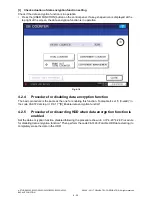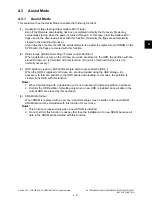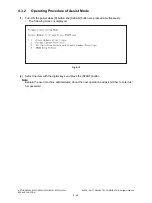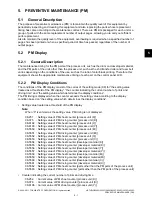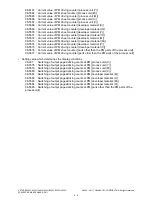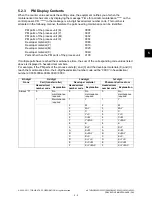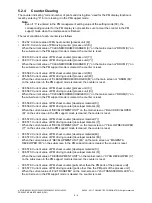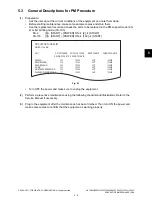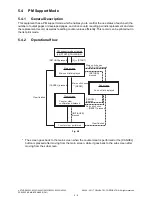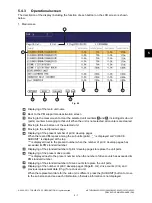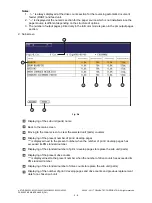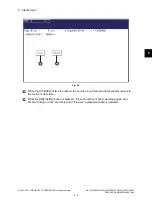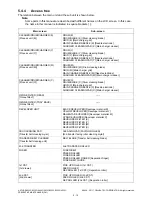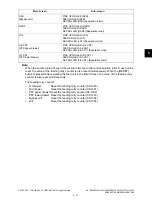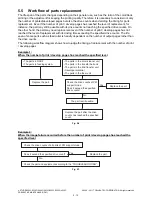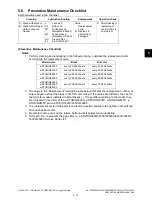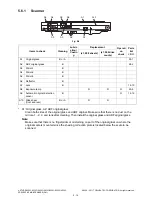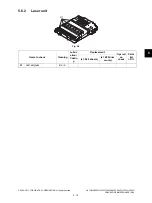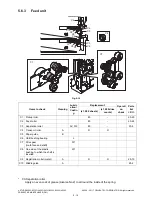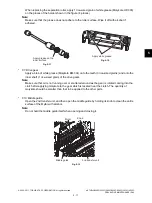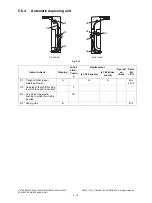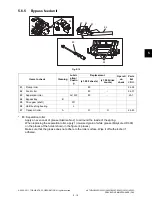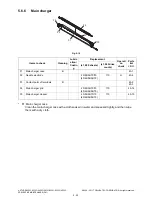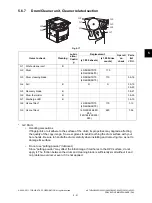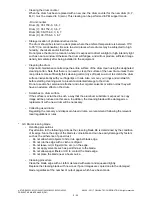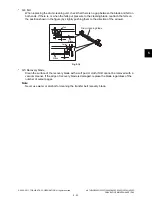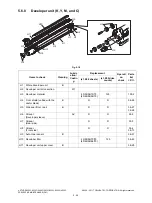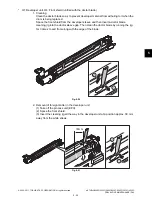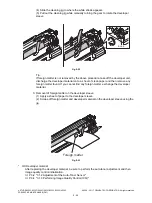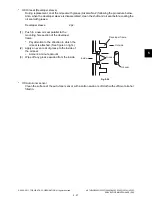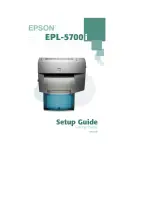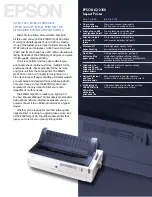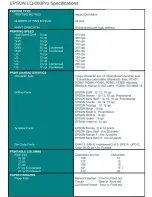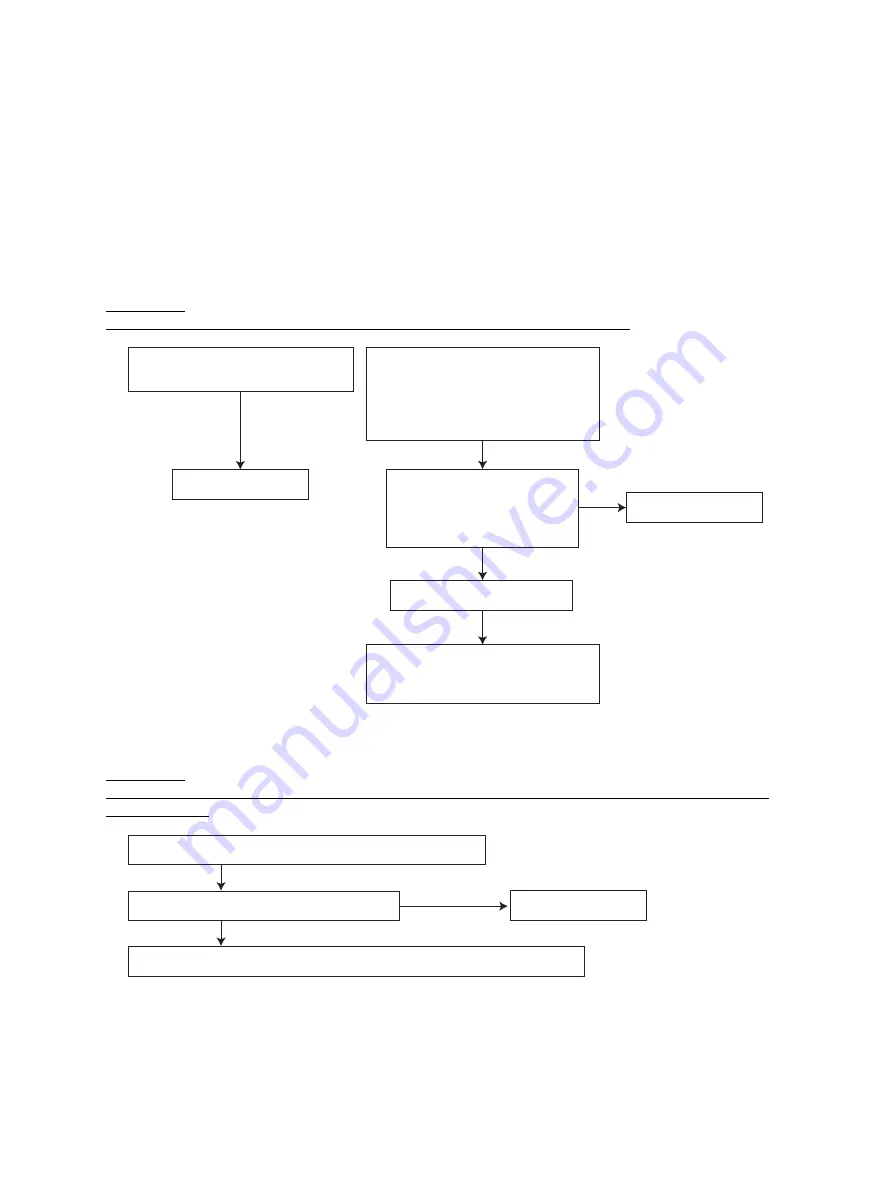
e-STUDIO2020C/2330C/2820C/2830C/3520C/3530C/4520C
© 2008 - 2011 TOSHIBA TEC CORPORATION All rights reserved
PREVENTIVE MAINTENANCE (PM)
5 - 12
5.5
Work flow of parts replacement
The life span of the parts changes depending on their general use, such as the ratio of the color/black
printing or the adjustment for keeping the printing quality. Therefore, it is necessary to consider not only
the number of printed/developed pages but also the drive counts when deciding the timing for parts
replacement. Even if the number of print / develop pages has reached the level of replacement, for
instance, the part may still be usable with its drive counts not reaching the specified drive counts. On
the other hand, the part may need replacement even if the number of print / develop pages has not
reached the level of replacement with its driving time exceeding the specified drive counts. The life
span of some parts such as feed roller is heavily dependent on the number of output pages rather than
the drive counts.
The following work flow diagram shows how to judge the timing of replacement with the number of print
/ develop pages.
Example 1:
When the number of print / develop pages has reached the specified level
Fig. 5-6
Example 2:
When the image failure occurred before the number of print / develop pages has reached the
specified level
Fig. 5-7
• The parts in RADF
• The parts in feeding system
• The parts in the drum/cleaner unit
• The parts in the transfer belt unit
• The parts in the 2nd transfer unit
• Developer material
• The parts in the fuser unit
Replace the part.
Replace the part.
Check the drive counts at PM
support mode.
Does it exceed the specified
drive counts?
Replace the part after the drive
counts has reached the specified
count.
Yes
No
The part is still usable.
Replace the part.
Yes
No
Check the drive counts of all parts at PM support mode.
Does it exceed the specified drive count?
Check the part and equipment according to the “TROUBLESHOOTING”.

